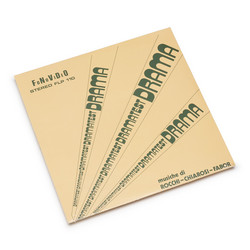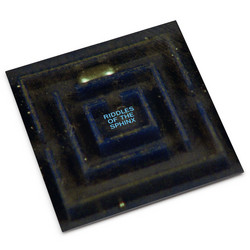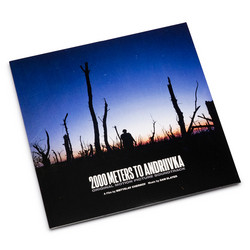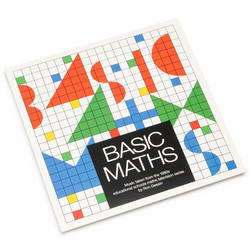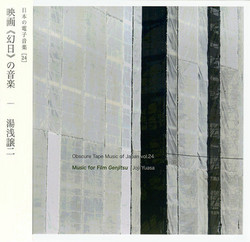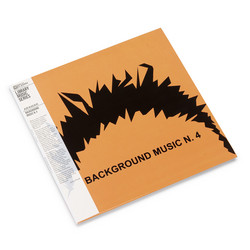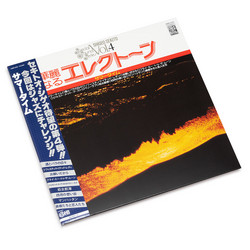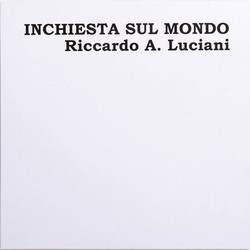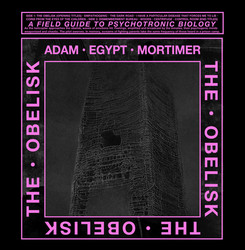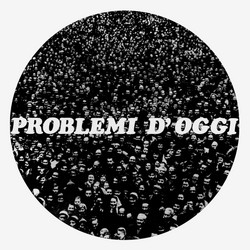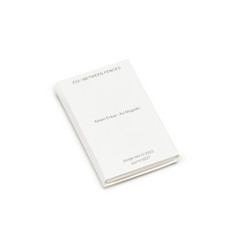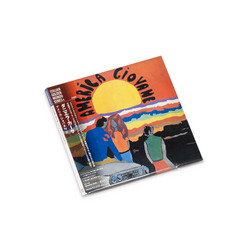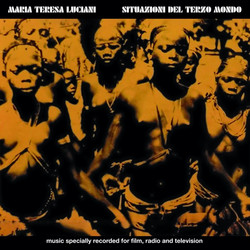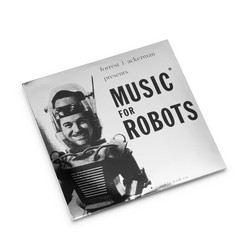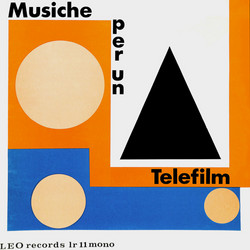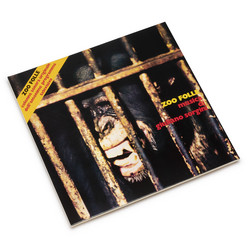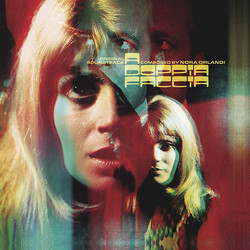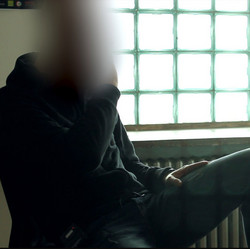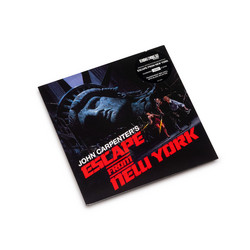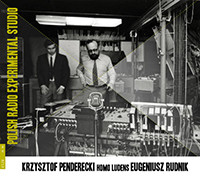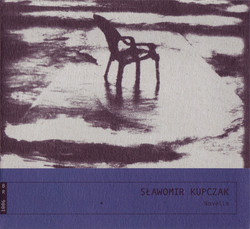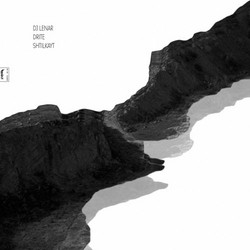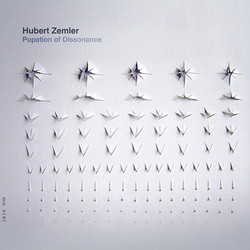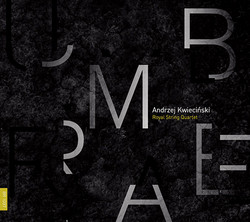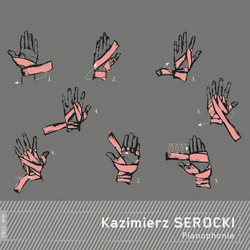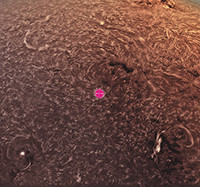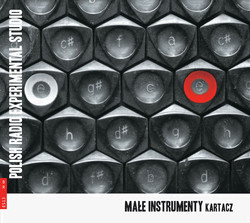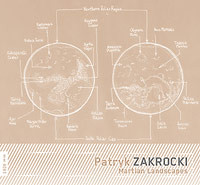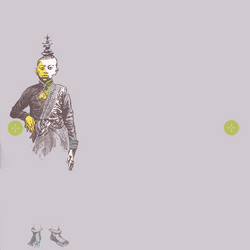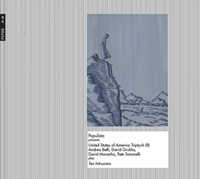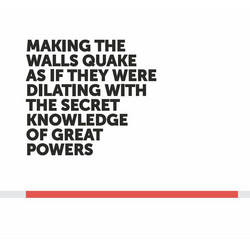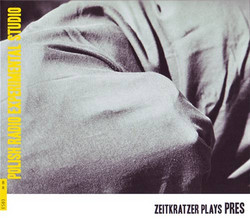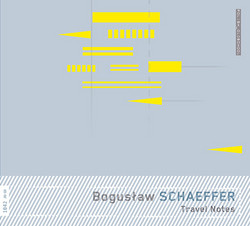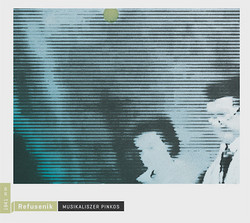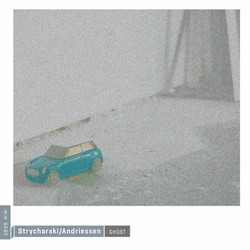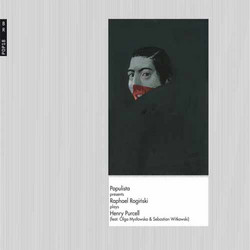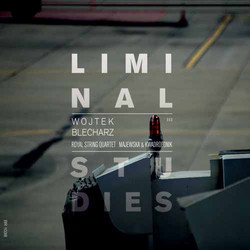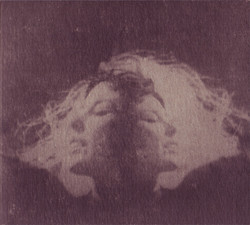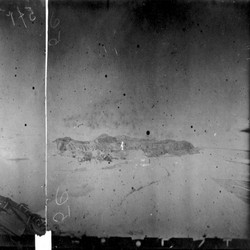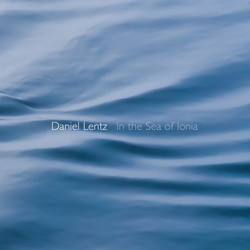Eugeniusz Rudnik
15 Corners of the World, motion picture sound essay
The film 15 Corners of the World includes simultaneous audio and images. Images do not supplement the music here, nor does the music simply illustrate the photos. Meanings, senses, feelings, and scenes are created where those two spheres cross. Without vision, there is no “moving of the viewer’s imagination, the inventory of his feelings, experiences, and associations”, as Eugeniusz Rudnik defines the goal of art in general.
Speaking about vision and sound forces us to find some sort of principle that would allow building comprehensible relations between them. Yet there is no universal principle—there is only the illusion of language that we have created for a single movie. We have built our own means of expression and used them so as to create an emotional and intellectual narrative. In that way, we have found images that have blended irrevocably with the music. Therefore, is the sound essay 15 Corners of the World incomplete? How does it relate to the movie?
The essay is open to interpretation. It allows you to close your eyes and trigger your own screening. It is a test of the visual potency of Eugeniusz Rudnik’s works. Have we, the movie’s authors, been the only ones to hear so much vision in it? Find out for yourself.
